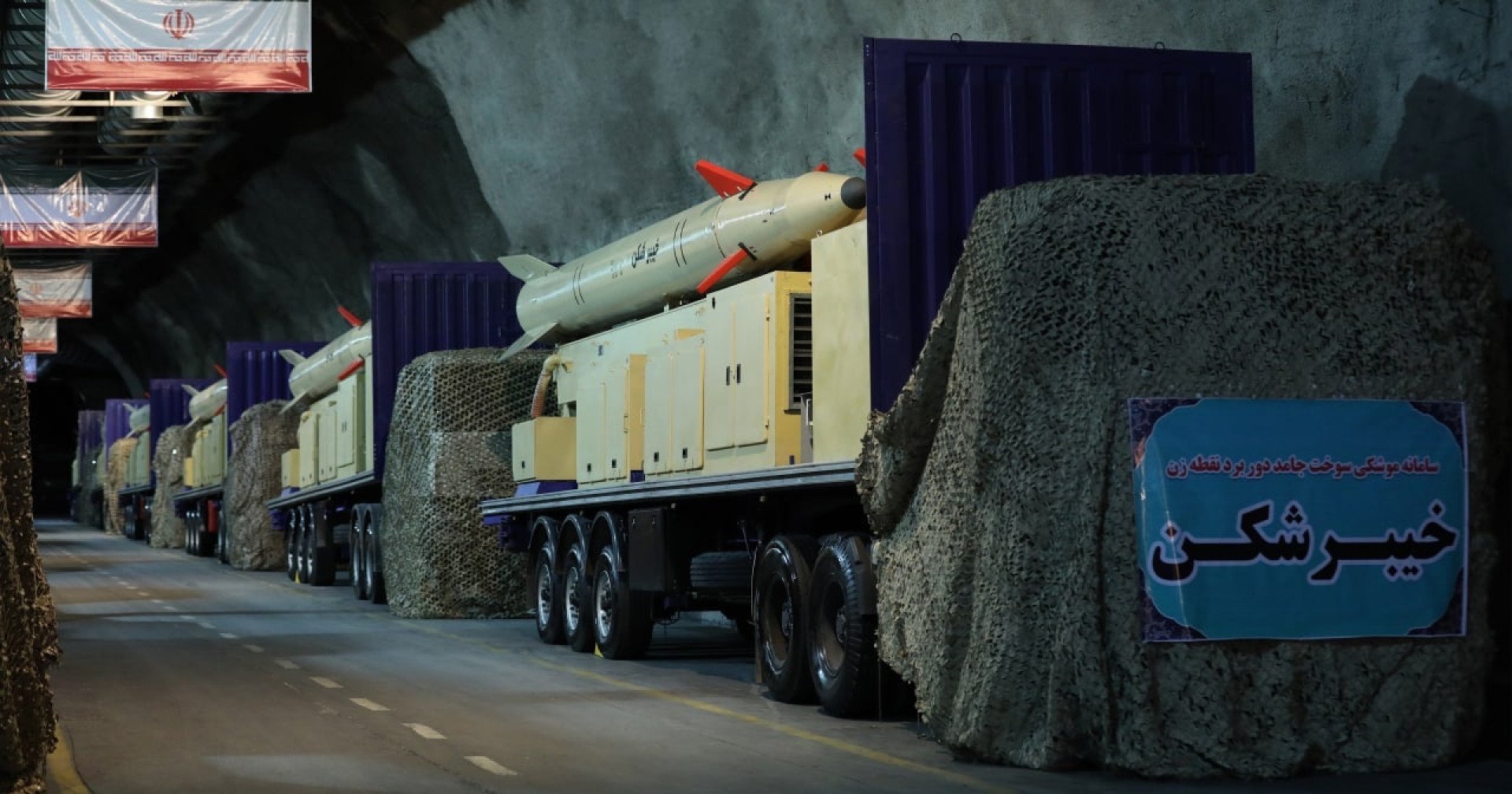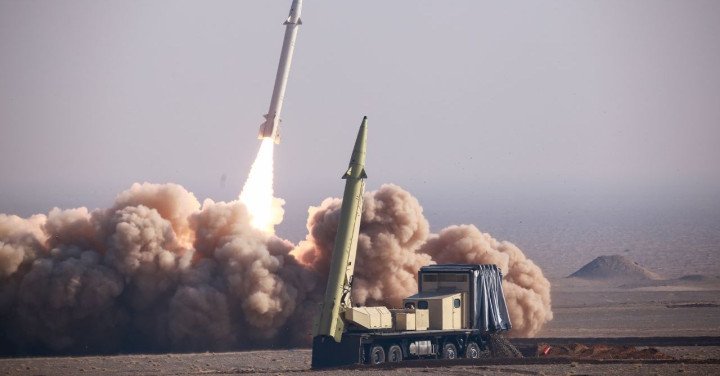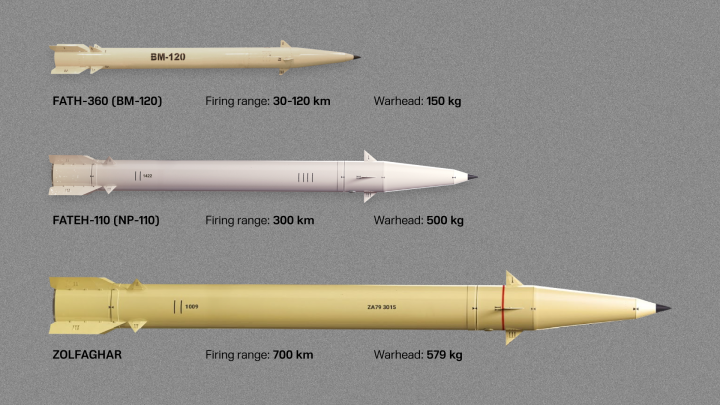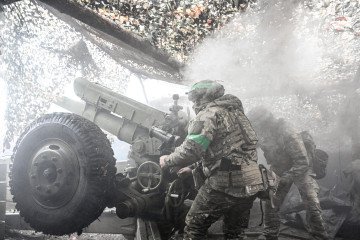- Category
- War in Ukraine
Why Are Iranian Missiles So Important for Russia?

Russia has been negotiating with Iran for months about the supply of various types of missiles. One reason is their affordability.
In 2022, Russia began attacking Ukraine with Iranian Shahed-136 drones. Eventually, production was localized so that these UAVs could be manufactured directly on the territory of the Russian Federation, reducing dependence on supplies from its ally.
One reason for using Shaheds is their relative cheapness. Before this, Russia was using only its own long-range cruise and ballistic missiles to strike Ukraine. Each of these missiles costs millions of dollars. According to various estimates, Russian-made missiles can cost from $1 million to almost $13 million per unit, depending on the type.
Faced with the high cost of such strikes and limited missile production capabilities, Russia was forced to look for a cheaper option to terrorize Ukrainian civilians and target the energy infrastructure. Shaheds, costing between $50,000 and $200,000 per unit, became that option.
However, Russia still needs missiles: they are harder to shoot down and cause significantly more destruction. Here are the consequences of two Iskander strikes in Poltava, and here is the result of Kh-101 missile strikes on the Okhmatdyt Children's Hospital in Kyiv.

Shaheds are easier for Ukraine to shoot down, so Russia often uses them to create combined attacks. Essentially, the UAVs work to exhaust air defense systems, clearing the way for Russian missiles. But Russia still needs more missiles—and ideally, they need to be just as cheap.
Iranian Missiles
Rumors that Iran is supplying its ballistic missiles to Russia have been circulating in the press for quite some time. Iran’s missile program is quite powerful, with a dozen different cruise and ballistic missiles ranging from 80 km to a staggering 2,000 km in range. The government has been investing in missile development for many years, aiming to build a strong offensive capability in the region.
As of today, information from open sources varies: one Iranian official claims that Iranian missiles are already in Russia, while the official position of Iran is that no such missiles have been sent. There is no evidence of Iranian missiles being used in Ukraine, unlike North Korean ones.
One reason why Russia is so interested in Iranian missiles is the same as in the case of the Shaheds: their affordability.
Open sources provide the following figures:
The cost of a cruise missile starts from $250,000.
The cost of ballistic missiles is around $1 million.
It is said that the cost of a single missile capable of reaching Israel from Iranian territory averages around $400,000. This is very cheap compared to global weaponry counterparts.
Even with the most conservative expert estimates, the cost difference between Russian and Iranian missiles is significant: at least $1 million for a Russian missile versus a potential $250,000 for an Iranian one.

The current intensity of Iranian missile production is unknown, but we know that the Russian military-industrial complex constantly faces problems due to sanctions. This includes limited access to electronic components. Moreover, Russia is prohibited from importing even the machinery needed to manufacture the metal required for missiles. There are difficulties at every step.
According to Forbes, Russia can produce between 42 to 56 ballistic missiles and 90 to 115 cruise missiles per month, with total production costs exceeding $1 billion.
Lastly, and most importantly, there is the issue of quantity. Russian missile production has limited capabilities; a missile is a complex technological product. And when sanctions are imposed, scaling up production becomes even more difficult. Thus, Russia has certain limitations regarding the use of complex combined attacks and must work for a long time to accumulate missiles for operations like the one on August 26, 2024, when 109 Shaheds and 127 missiles were launched simultaneously.
Iranian missiles are a way to cover the limitations of Russia’s own production, as well as to make the attacks themselves cheaper.
Protecting the Ukrainian Sky
It's important to note that cheaper missiles do not mean that defense against them is also cheap. During a massive attack on Israel in April 2024, Iran launched about 300 missiles and drones. Intercepting the attack cost Israel and its allies, by the most modest estimates, more than $1.35 billion, while the cost of the attack itself could have been ten times cheaper.
The same situation is seen in Ukraine. Western air defense systems and their missiles are expensive, production is limited, and the stock of missiles for the same Patriot systems is far from unlimited. Ukraine has already faced this: the Trypillia Thermal Power Plant, the largest in the Kyiv region, was destroyed due to a lack of Patriot missiles. Only 7 out of 11 Russian missiles were shot down because interceptor missiles simply ran out.
Such massive attacks are one way for Russia to deplete Ukraine’s defense resources and cause more destruction. Cheap Iranian missiles are perfect for this purpose.
That is why today Ukraine is trying to strengthen its air defenses with F-16s, using the aircraft as another means to intercept Russian cruise missiles. However, only Patriot systems, which are arriving in Ukraine with significant delays, can help against ballistic missiles.
-29a1a43aba23f9bb779a1ac8b98d2121.jpeg)
-531fe8d92c87f1630d3f1a2503c33089.png)


-886b3bf9b784dd9e80ce2881d3289ad8.png)


-f88628fa403b11af0b72ec7b062ce954.jpeg)